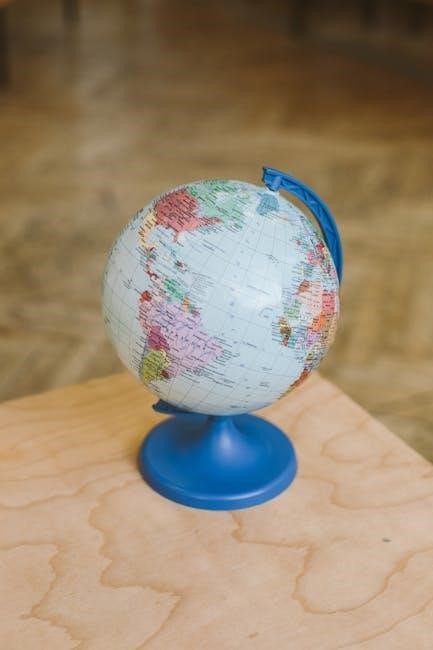World War I, spanning 1914-1918, was a global conflict triggered by nationalism, imperialism, and political alliances, introducing new technologies and causing unprecedented human and economic losses.
1.1 Overview of the War
World War I, as detailed in study guides, was a pivotal global conflict between 1914 and 1918, involving major powers divided into the Triple Entente and Triple Alliance. It was fueled by nationalism, imperialism, and militarism, leading to massive human losses, economic devastation, and the introduction of revolutionary technologies like tanks and poison gas.
1.2 Historical Context and Significance
World War I marked a turning point in global history, reshaping political landscapes and societies. It introduced devastating technologies like machine guns and poison gas, leading to unprecedented casualties. The war’s conclusion with the Treaty of Versailles set the stage for future conflicts, while its impact on national borders and political movements remains historically significant.

Causes of World War I
World War I was sparked by nationalism, imperialism, militarism, and complex alliances, creating tensions that escalated into global conflict after the assassination of Archduke Franz Ferdinand.
2.1 Nationalism and Imperialism
Nationalism and imperialism were central causes of World War I. Nationalism fueled pride and rivalry among nations, while imperialism drove competition for colonies and resources, heightening global tensions significantly.
2.2 Militarism and the Arms Race
Militarism and the arms race intensified tensions among European powers. Nations like Germany and Britain expanded their military capabilities, fostering a culture of aggression. This buildup, combined with the complex system of alliances, made war increasingly likely, as nations were prepared to respond swiftly to threats with overwhelming force.
2.3 The System of Alliances
The complex system of alliances divided Europe into two rival blocs: the Triple Entente (France, Britain, Russia) and the Triple Alliance (Germany, Austria-Hungary, Italy). These alliances created a chain reaction after Archduke Franz Ferdinand’s assassination, escalating a local conflict into a global war by obliging nations to support their allies militarily.
Major Events of World War I
Key events include the assassination of Archduke Franz Ferdinand, the Battle of the Frontiers, widespread trench warfare, and the United States’ entry in 1917, shifting the war’s trajectory.
3.1 The Assassination of Archduke Franz Ferdinand
The assassination occurred on June 28, 1914, in Sarajevo. Gavrilo Princip, a Serbian nationalist, killed Archduke Franz Ferdinand, heir to Austria-Hungary’s throne, sparking a chain reaction of diplomatic crises and military mobilizations that led to the outbreak of World War I, fueled by complex alliances and rising tensions across Europe.
3.2 The Battle of the Frontiers and Trench Warfare
The Battle of the Frontiers marked the initial clashes between Allied and Central Powers in August 1914. The war’s early mobile phase quickly transitioned into static trench warfare due to technological advancements like machine guns and barbed wire, leading to a brutal stalemate across vast stretches of fortified trenches, causing immense casualties and prolonged conflict.
3.3 The Entry of the United States
The United States entered World War I in 1917, driven by Germany’s resumption of unrestricted submarine warfare, the sinking of the Lusitania, and the Zimmermann Telegram. Economic ties to the Allies and concerns over German expansion also influenced the decision. U.S. involvement shifted the war’s momentum, contributing to the Allied victory, though at the cost of over 115,000 American lives.
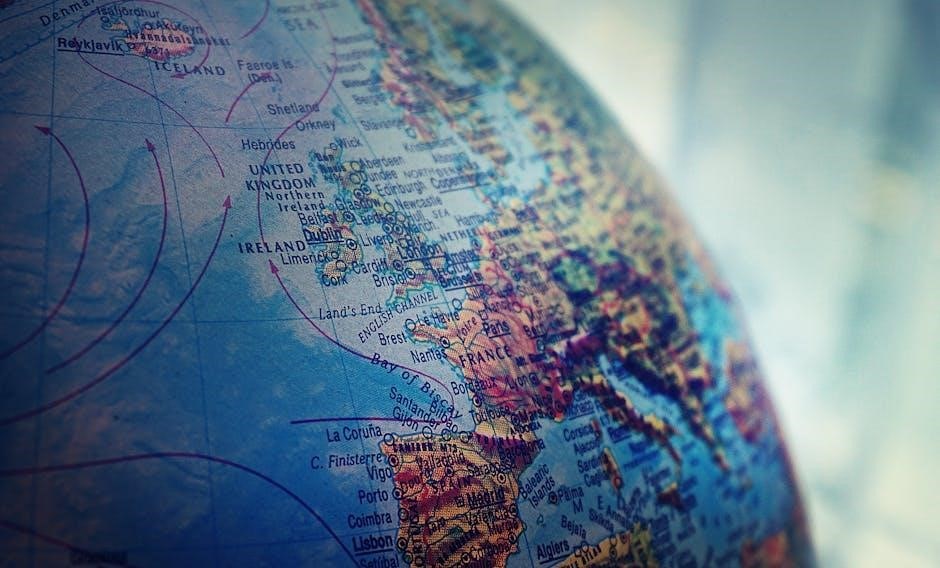
Consequences of World War I
World War I caused unprecedented human losses, economic devastation, and political upheaval, reshaping global power dynamics and sowing seeds for future conflicts.
4.1 The Treaty of Versailles
The Treaty of Versailles, signed in 1919, officially ended World War I. It imposed harsh penalties on Germany, including heavy reparations and territorial losses, under the War Guilt Clause. The treaty redrew national borders and established the League of Nations to prevent future conflicts. However, its terms fueled German resentment and economic instability, contributing to World War II.
4.2 The Human Cost and Economic Impact
World War I caused unprecedented human suffering and economic devastation. New technologies like machine guns, tanks, and poison gas led to massive casualties, with over 37 million soldiers and civilians killed or wounded. Economically, nations spent billions, leading to inflation, unemployment, and long-term financial instability. The war’s human cost and economic burden severely impacted societies worldwide.
4.3 The Rise of New Political Movements
World War I led to the rise of new political movements, including fascism in Italy and Germany, and communism in Russia. The collapse of empires and economic instability created fertile ground for radical ideologies. The Treaty of Versailles further fueled nationalist and extremist movements, shaping the political landscape of the interwar period.

Key Figures and Their Roles
Key political and military leaders significantly influenced World War I’s direction and outcomes. Leaders like Kaiser Wilhelm II, Woodrow Wilson, and David Lloyd George played pivotal roles.
5.1 Political Leaders: Kaiser Wilhelm II, Woodrow Wilson, and David Lloyd George
Kaiser Wilhelm II of Germany pursued aggressive policies, while Woodrow Wilson of the U.S. advocated for peace and the League of Nations. David Lloyd George led Britain, balancing diplomacy and warfare. Their decisions shaped alliances, strategies, and post-war treaties, influencing the conflict’s outcome and global repercussions.
5.2 Military Leaders: General Erich Ludendorff and Marshal Ferdinand Foch
General Erich Ludendorff was a key German military strategist, orchestrating early victories but struggling with adaptive tactics late in the war. Marshal Ferdinand Foch, as Supreme Allied Commander, coordinated Allied forces, leading to decisive victories. Both leaders’ decisions significantly influenced the war’s outcome, showcasing their strategic brilliance and limitations under pressure.
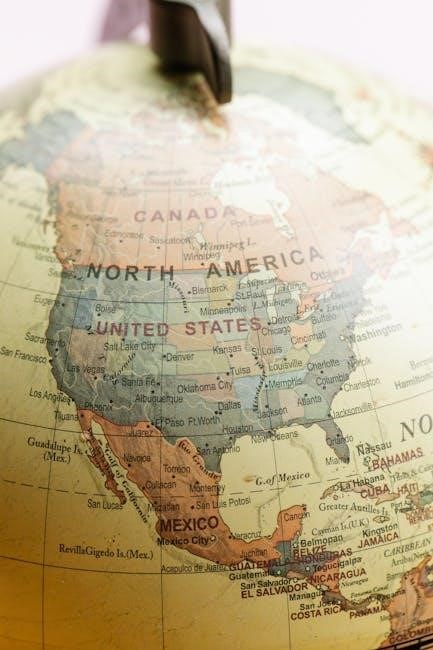
Technological Advancements and Warfare
World War I introduced groundbreaking technologies like machine guns, tanks, and poison gas, revolutionizing warfare and increasing its brutality. Aerial combat and naval blockades also emerged as pivotal strategies.
World War I saw the debut of machine guns, tanks, and poison gas, drastically altering warfare. Machine guns increased firepower, tanks broke trench stalemates, and poison gas caused mass casualties, making combat more brutal and necessitating new tactics and strategies.
6.2 Aerial Warfare and Naval Blockades
Aerial warfare emerged as a new dimension, with planes initially used for reconnaissance, evolving into combat roles. Naval blockades, like Britain’s strangulation of Germany, severely impacted economies. Germany’s U-boat campaigns, including unrestricted submarine warfare, drew neutral nations like the U.S. into the conflict, reshaping the war’s dynamics and global involvement.
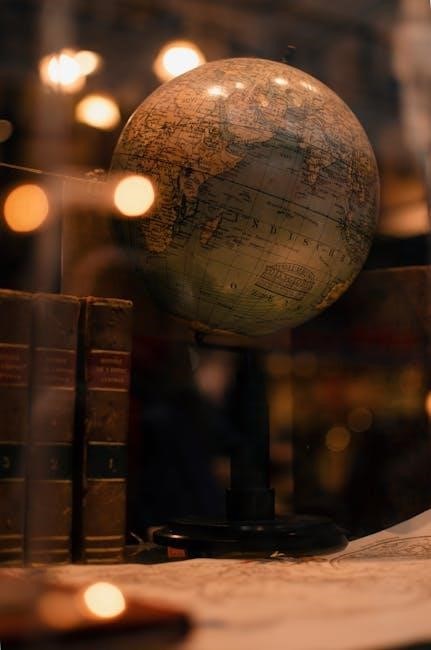
Social and Economic Impact
World War I transformed societies and economies, with women entering the workforce, governments mobilizing resources, and propaganda shaping public opinion, leading to lasting social and economic changes.
7;1 The Role of Women in the War Effort
World War I marked a significant shift in women’s roles, as they entered the workforce in unprecedented numbers, filling labor gaps in factories, agriculture, and war industries. Women also served in military support roles and hospitals, challenging traditional gender norms. Their contributions accelerated societal changes, leading to increased demands for women’s suffrage and equality post-war.
7.2 Economic Mobilization and War Industries
Nations drastically reorganized their economies to support the war, expanding industrial production of weapons, ammunition, and supplies. Governments controlled resources, shifting factories to war-related output. This economic mobilization led to innovation but also caused inflation, labor shortages, and increased national debts, reshaping global economies and fostering long-term financial instability post-war.
7.3 The Rise of Propaganda and Censorship
During World War I, governments employed propaganda to shape public opinion, promoting nationalism and demonizing enemies. Censorship was widely implemented to control information flow, suppress dissent, and maintain morale. These tactics amplified patriotic fervor but also limited free speech, creating a tightly controlled narrative that influenced societal attitudes and perceptions throughout the war.
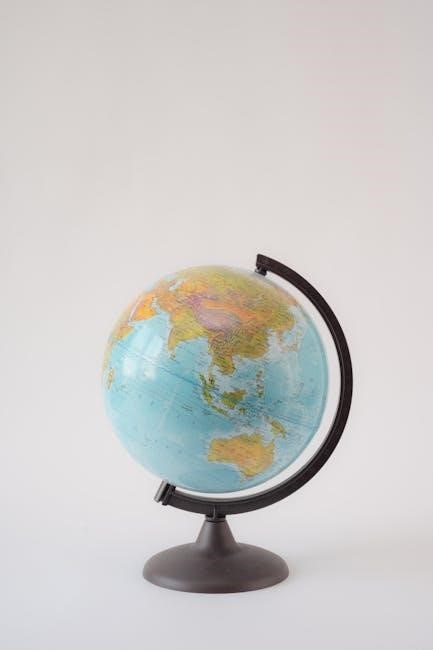
The Aftermath and Reconstruction
World War I’s end led to geopolitical upheaval, border redraws, and the League of Nations’ establishment. These changes reshaped global dynamics, setting the stage for future conflicts.
8.1 The Redrawing of National Borders
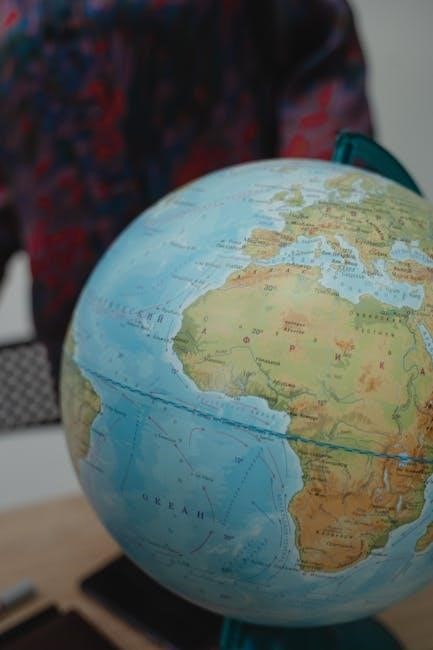
The Treaty of Versailles led to significant territorial changes, redrawing national borders across Europe and the Middle East. Empires dissolved, new nations emerged, and ethnic tensions arose, reshaping global geopolitics.
8.2 The Establishment of the League of Nations
The League of Nations was created after World War I to promote peace and prevent future conflicts. Founded by the Treaty of Versailles, it aimed to resolve disputes through diplomacy and collective security. Despite its noble goals, the League faced challenges, including the absence of major powers like Germany and the U.S., limiting its effectiveness.
8.3 The War’s Influence on Future Conflicts
World War I’s aftermath, including the Treaty of Versailles, sowed seeds for future conflicts. The rise of political movements like fascism and the redrawing of borders fueled tensions leading to World War II. The war’s legacy also shaped the establishment of the United Nations, aiming to prevent similar devastation through international cooperation and diplomacy.
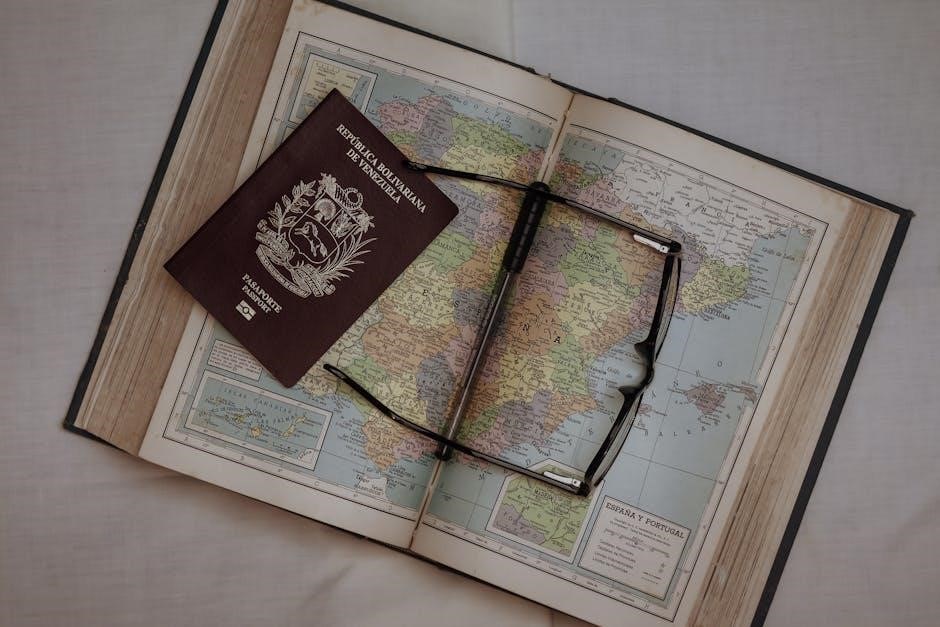
Study Resources and Guides
Utilize study guides, books, and documentaries for comprehensive understanding. Key resources include “World War One Study Guide,” “The Great War. Part 2,” and “World War Z Study Guide.”
- Online courses and flashcards on platforms like Quizlet.
- Documentaries and authentic narratives for deeper insights.
- Historical documents and analysis tools for exam preparation.
9.1 Recommended Reading and Documentaries
Essential resources include “World War One Study Guide” and “The Great War. Part 2.” Documentaries like “The Great War” offer visual insights. Books such as “A History Of The Nations And Empires Involved” provide detailed narratives. These materials aid comprehensive understanding and exam preparation, offering both historical depth and visual context.
9.2 Online Courses and Study Materials
Online courses explore the causes, events, and consequences of WWI, covering major battles and military strategies. Study materials include digital guides and resources like the “Revelation study guide series.” These tools provide detailed analysis and multimedia content, helping students grasp complex topics and prepare effectively for exams and essays on World War I history.
9.3 Flashcards and Quizlet Resources
Flashcards and Quizlet resources provide essential terms and definitions for WWI, such as “Triple Alliance” and “Triple Entente.” These tools aid in memorization and exam preparation, offering interactive games and study sets to master key concepts, events, and figures from the Great War effectively.
World War I reshaped global history, highlighting nationalism, alliances, and technological warfare. Its lessons remain vital for understanding modern conflicts and diplomacy, emphasizing peace and cooperation.
10.1 Summary of Key Points
World War I (1914-1918) was a global conflict sparked by nationalism, alliances, and imperialism, leading to massive human and economic losses. It introduced new technologies like machine guns and tanks, reshaping warfare. The Treaty of Versailles ended the war but sowed seeds for future conflicts. The war’s impact on society, politics, and economies remains profound.
10.2 Reflections on the Lessons of World War I
World War I highlights the dangers of nationalism, militarism, and rigid alliances. It underscores the importance of diplomacy and international cooperation to prevent future conflicts. The war’s devastating consequences, including widespread loss of life and economic ruin, serve as a reminder of the need for peaceful resolution of disputes and global unity.
